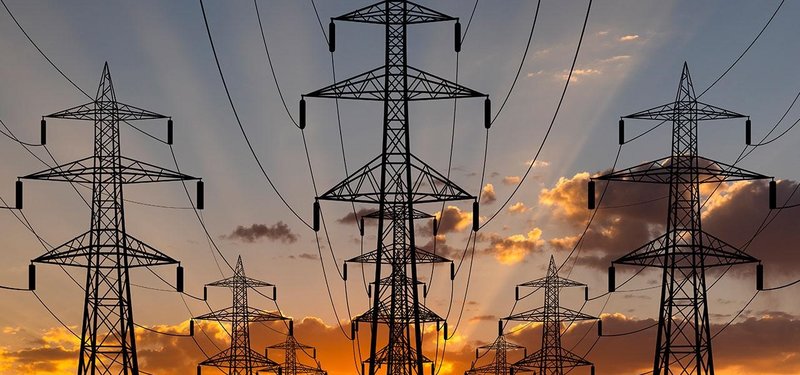
IEA Report: Clean energy transition accelerates amid geopolitical uncertainty
The International Energy Agency's latest World Energy Outlook report reveals that geopolitical uncertainties and technological advancements are accelerating the shift to clean energy. It forecasts that low-emission sources will supply over half of global electricity demand by 2030, while fossil fuel demand is expected to peak and decline thereafter.
- Life
- Agencies and A News
- Published Date: 11:15 | 16 October 2024
- Modified Date: 11:17 | 16 October 2024
With the growth of global electricity demand and clean energy technologies, the world is rapidly moving into the "electric age." The International Energy Agency (IEA) has released its latest World Energy Outlook (WEO), considered the authoritative global source for energy analysis and projections.
The report examines the impacts of rising geopolitical uncertainties, new technologies, the clean energy transition, and climate change on energy security, emphasizing that current geopolitical tensions pose significant risks to global efforts to enhance energy security and reduce greenhouse gas emissions.
According to the report, geopolitical tensions reveal vulnerabilities in the global energy system, highlighting the need for a faster transition to clean energy. Based on existing policies, the report forecasts that the global energy market will shift towards a surplus in oil and liquefied natural gas (LNG) from the mid-2020s, alongside significant production capacity in key clean energy technologies like solar energy and batteries.
Low-emission energy sources are expected to produce more than half of the world's electricity demand before 2030, while demand for all fossil fuels, including coal, oil, and natural gas, is anticipated to peak by the end of 2030 and then decline.

